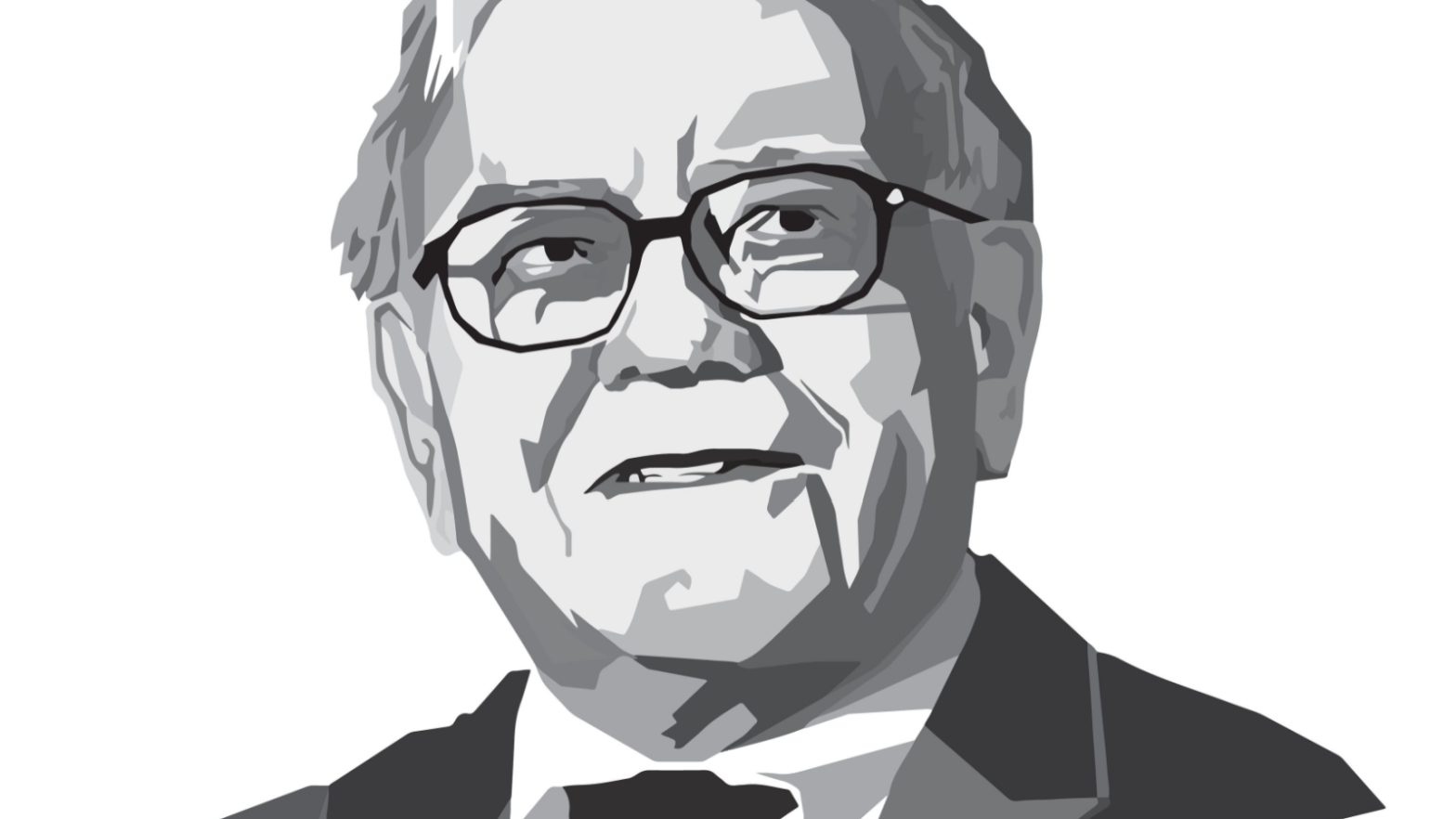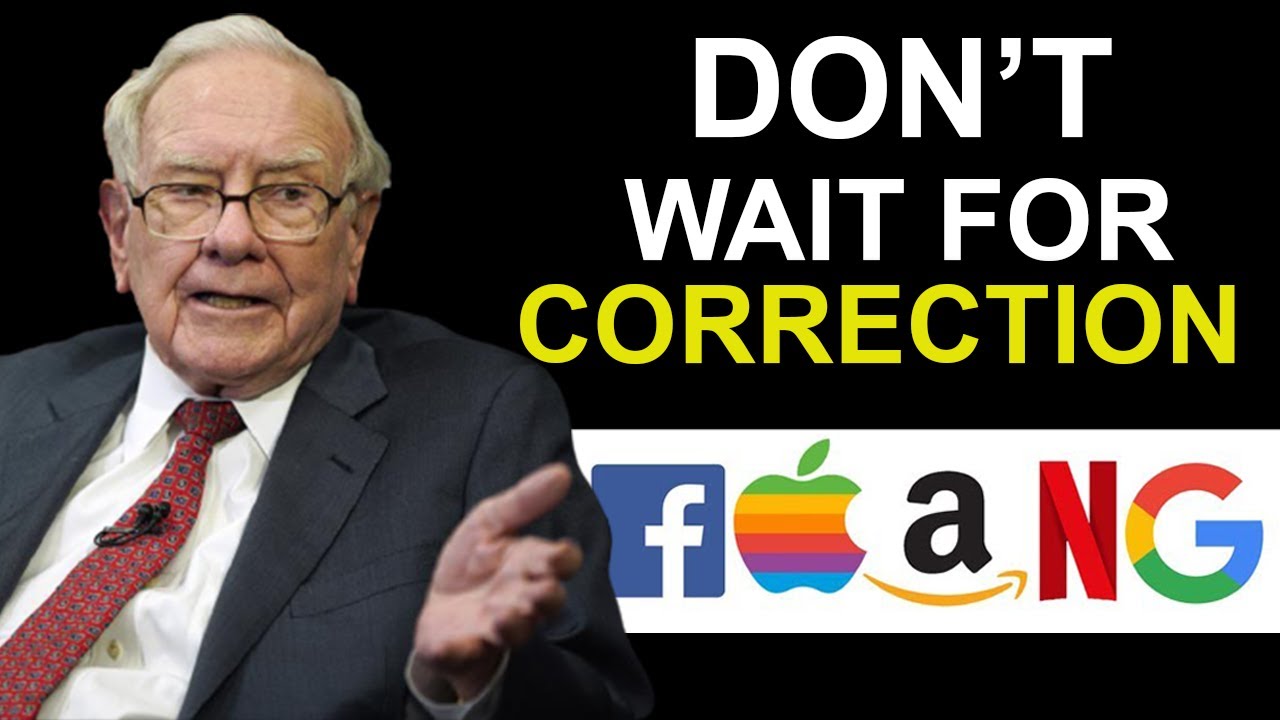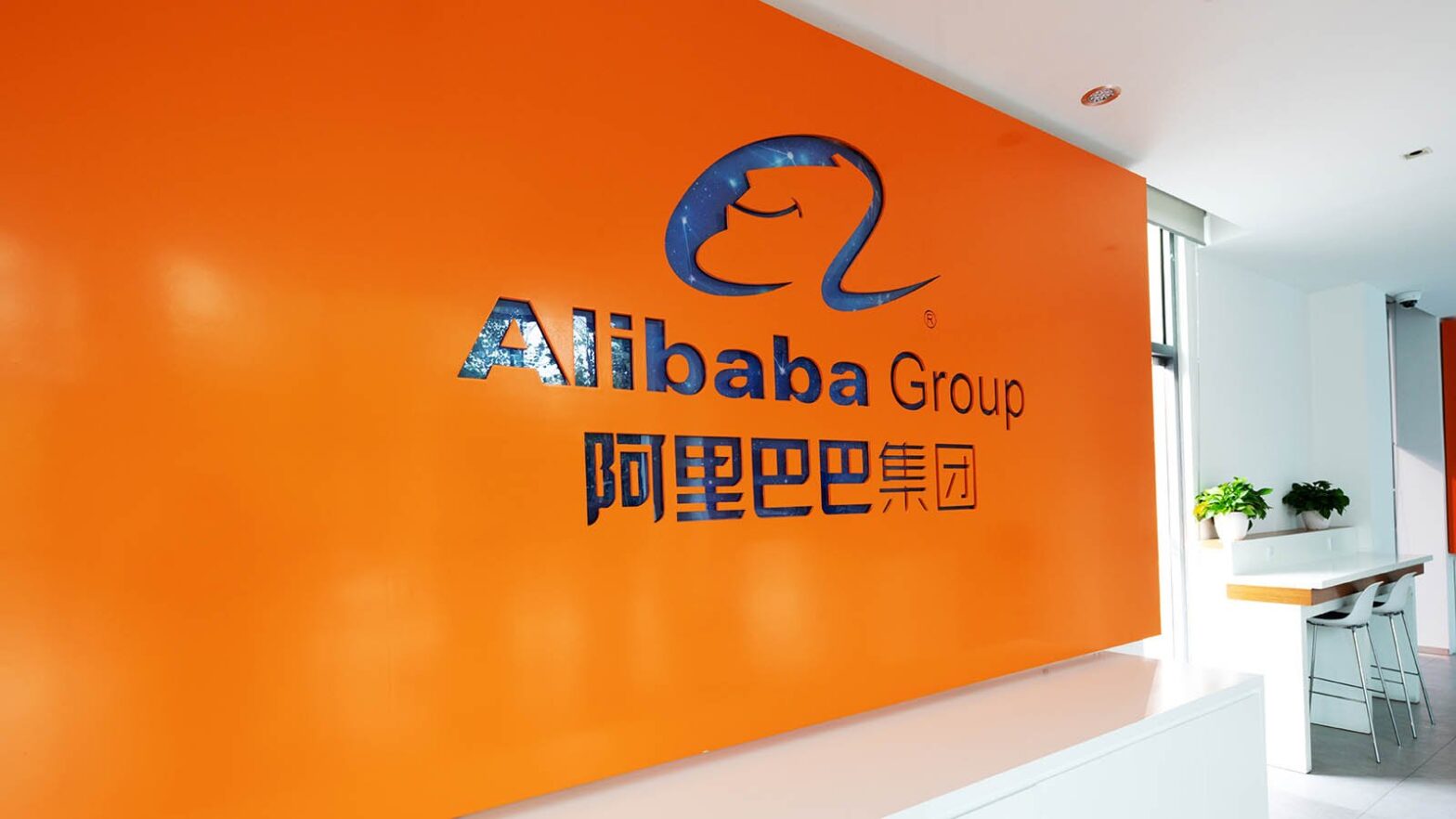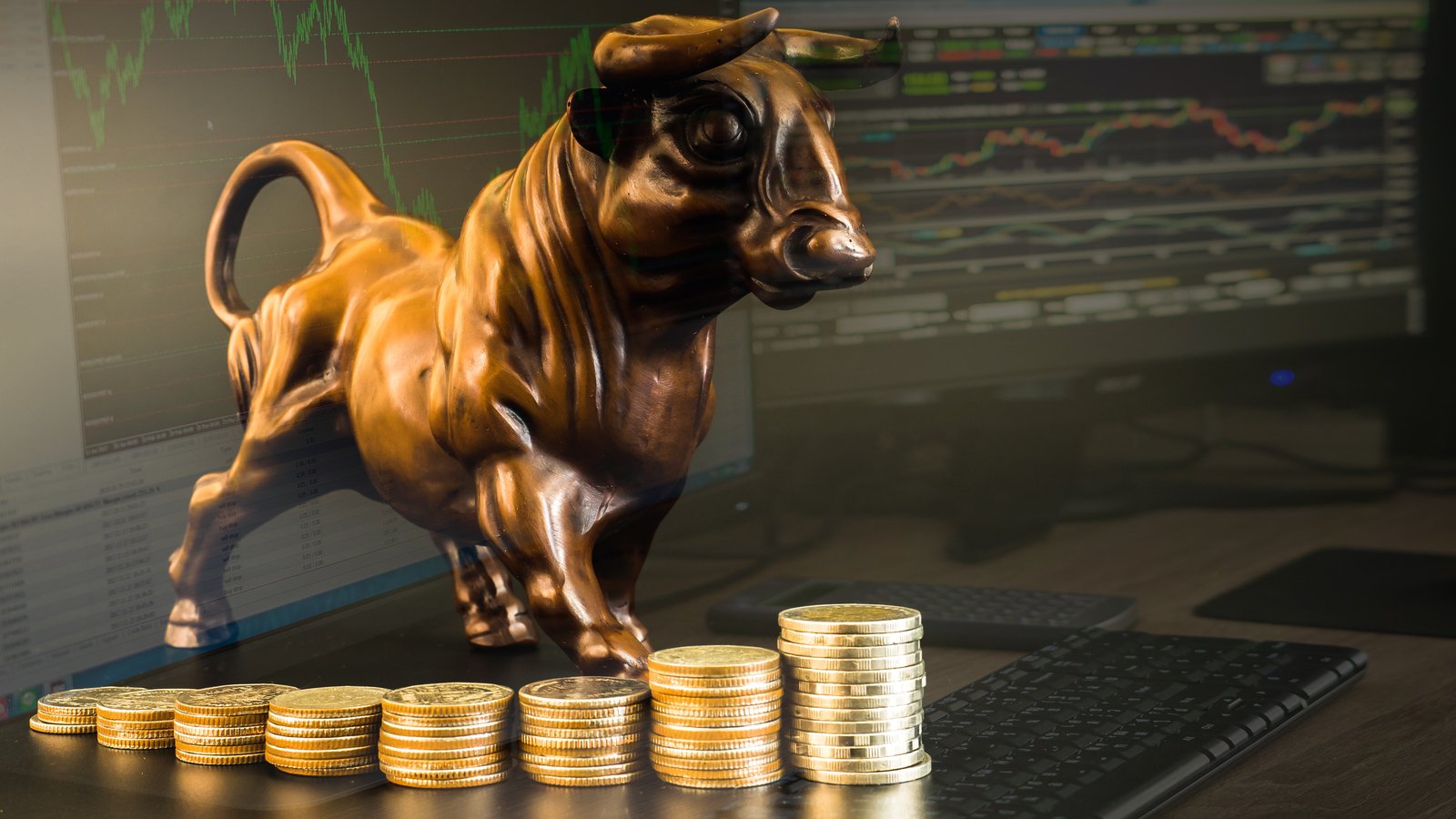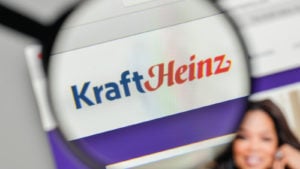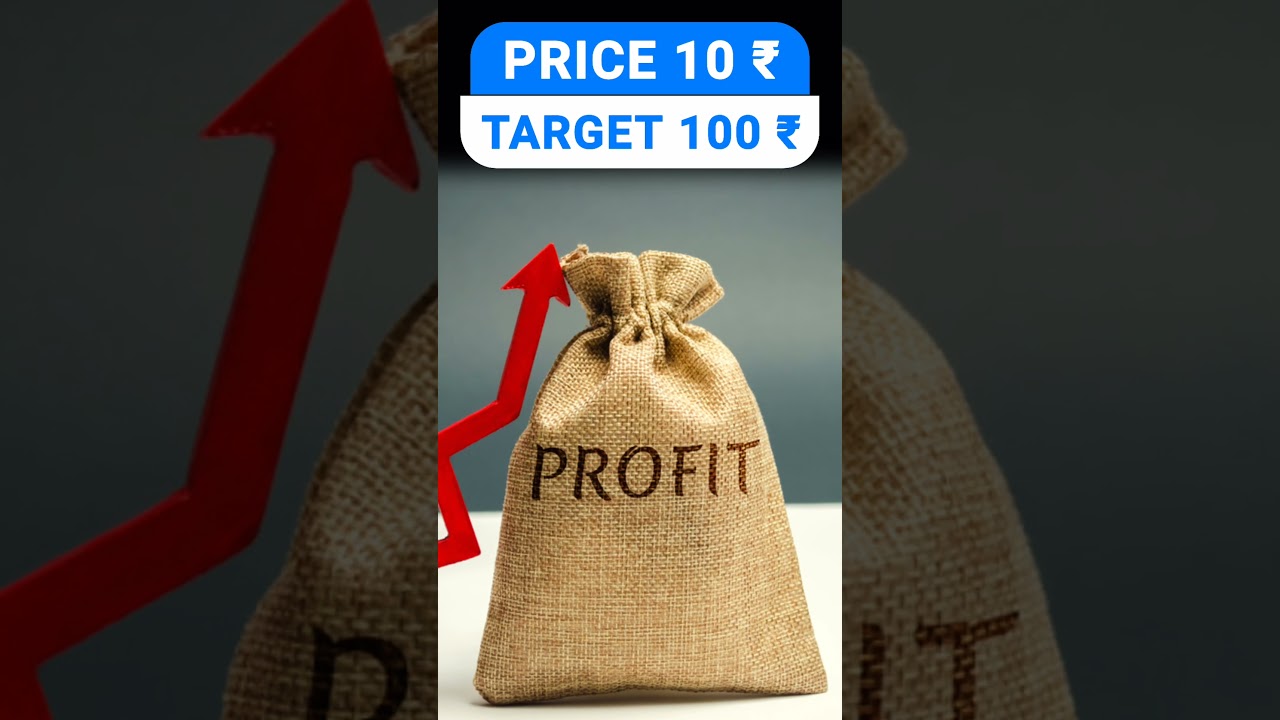When electric-vehicle manufacturer Rivian stock (NASDAQ:RIVN) entered the scene, its debut represented a breath of fresh air. While Tesla (NASDAQ:TSLA) remains the sector leader, its designs have arguably become predictable and therefore stale. On the other hand, Rivian effortlessly blended classic lines with modern accoutrements, thus bolstering the case (at the time of its debut) for Rivian stock.
Unfortunately, reality has impacted the sector. To be sure, the fallout isn’t a problem exclusive to Rivian stock. Notably, Tesla cannot gain any traction this year, losing more than 31% of equity value since the beginning of January. But during the same period, RIVN incurred red ink to the tune of nearly 57%.
Fundamentally, Rivian suffers from a range of problems. However, the biggest headwind may be that RIVN is as an all-or-nothing proposition. It’s a pure-play EV maker, meaning that if the EV ship sinks, RIVN has nowhere to go. Simply based on realities, I have to adopt a bearish stance on Rivian stock.
Sector Woes Greatly Cloud Prospects for Rivian Stock
It doesn’t take much research to discover the many outside problems clouding the upside prospects for Rivian stock. From the higher upfront price point of EVs to how long they charge to the myriad frustrations associated with public charge points, you can take your pick. However, what is arguably the most impactful for RIVN and its peers is the sector-wide price war.
Started by Tesla, the price war stemmed from an understandable directive. By lowering prices on a desired brand, the company could boost its own sales while slowing the advance of its rivals. Management must have thought that it could even kill momentum permanently for some troublemakers. Still, the counterargument at the time was that it was a war Tesla couldn’t win.
As InvestorPlace’s Louis Navellier pointed out, that early assessment appears to have turned true. Navellier mentioned that Tesla’s fourth-quarter earnings report reflected the damage that its own initiative imposed. So if TSLA is hurting – the one EV enterprise with massive social cachet – then Rivian stock likely stands no chance.
Of course, the problem for RIVN is that it can ill afford margin killing dynamics in its core industry. As of Dec. 31, 2023, Rivian’s retained loss comes out to nearly $18.6 billion. To be fair, the idea here is that eventually, the company will become richly profitable. When it does, these retained losses will become retained earnings.
However, investors of Rivian stock likely understand that because of the price war, the pathway to profitability will take longer than expected. For fiscal 2024, analysts previously anticipated a loss per share of $4.03. For fiscal 2025, this metric could improve to a loss of $2.53 per share.
Now, we just don’t know what may materialize.
Electrification or Bust
Moving forward, what could really do Rivian stock in might not necessarily be the price war. Rather, it could be the previously mentioned all-or-nothing approach that pure-play EV manufacturers must take. Unlike legacy automakers, Rivian and its ilk can’t pivot to combustion-powered cars and hybrids.
In my opinion, that’s where an automotive giant like General Motors (NYSE:GM) enjoys a key advantage. Here’s what I stated about the company’s product portfolio last week:
If you want an affordable SUV that can carry groceries and the kids, GM has your back with the Chevy Equinox or the Blazer. Should you prefer something more upscale, the company gives you the Cadillac brand. And if you want to experience the thrill of premiere automotive performance, you have the mid-engine Corvette, America’s supercar.
What makes it worse for Rivian stock is that when conditions normalize – if they normalize – then the legacy automakers who have scaled back their EV ambitions can then pivot back into the space. With GM, it has the opportunity with its Ultium battery and EV platform to “electrify” its most-popular models. In the meantime, legacy players will continue to soak up consumer dollars that could have gone to RIVN.
Perhaps the biggest threat here is Toyota (NYSE:TM). For the longest time, the Japanese automaker refused to wholeheartedly embrace EVs. Company President Akio Toyoda went so far as to suggest that the industry’s “silent majority” had questions about the full-throated transition to electrification.
Turns out, Toyoda was right, at least in terms of consumer demand (I’m not sure about the silent majority part). Toyota is on course to post record net profit thanks to booming sales of its hybrid vehicles. That’s the benefit of having options.
The Takeaway: RIVN Doesn’t Control its Fate
In conclusion, the bearish case against Rivian stock may be summed up as follows: the underlying company doesn’t control its fate. Because it is a pure-play EV manufacturer, it doesn’t have expertise in other mobility platforms. And if the sector leader is struggling, that leaves little room for optimism for RIVN. Therefore, as a matter of practicality, investors probably should avoid Rivian until there is more clarity in the industry.
On the date of publication, Josh Enomoto did not have (either directly or indirectly) any positions in the securities mentioned in this article. The opinions expressed in this article are those of the writer, subject to the InvestorPlace.com Publishing Guidelines.


